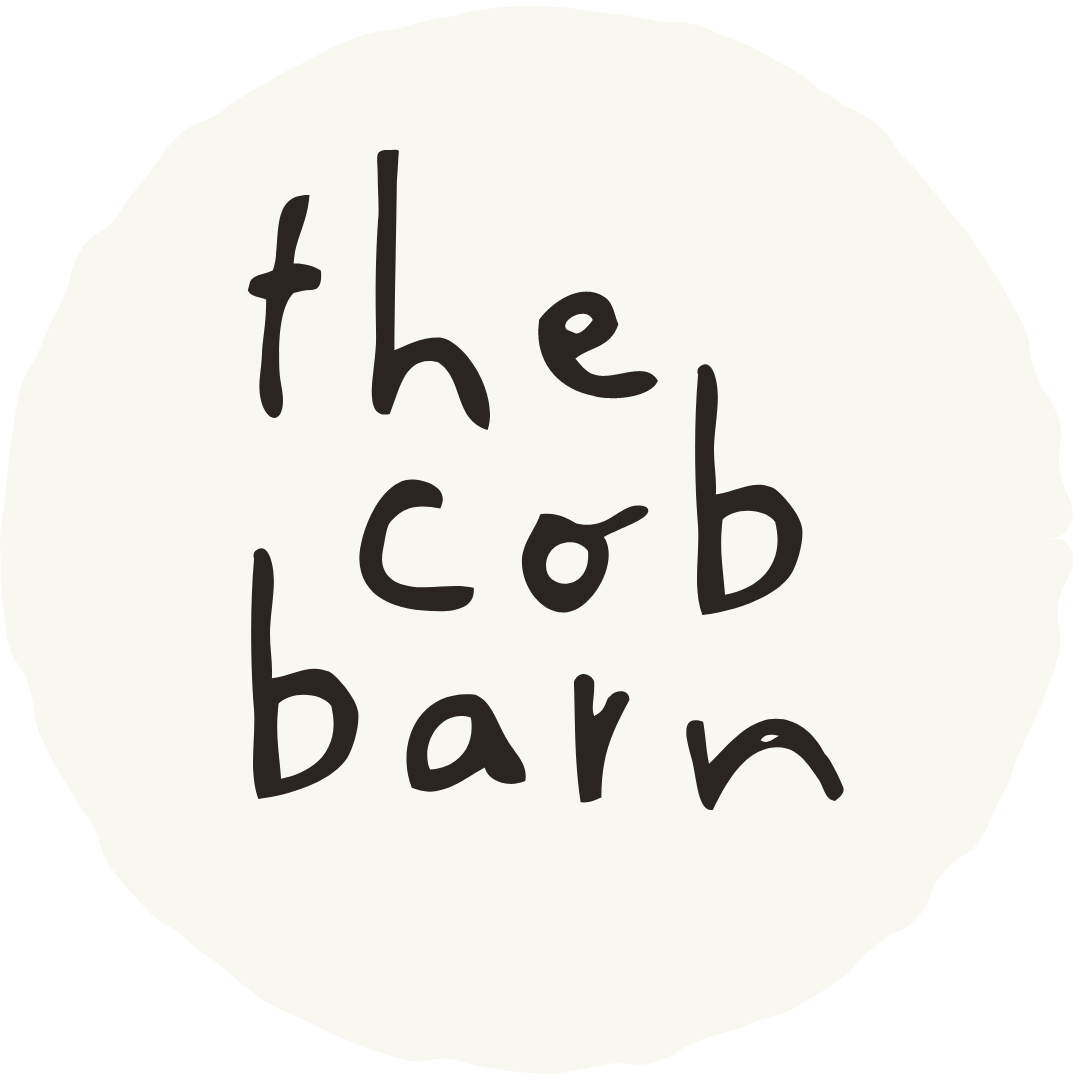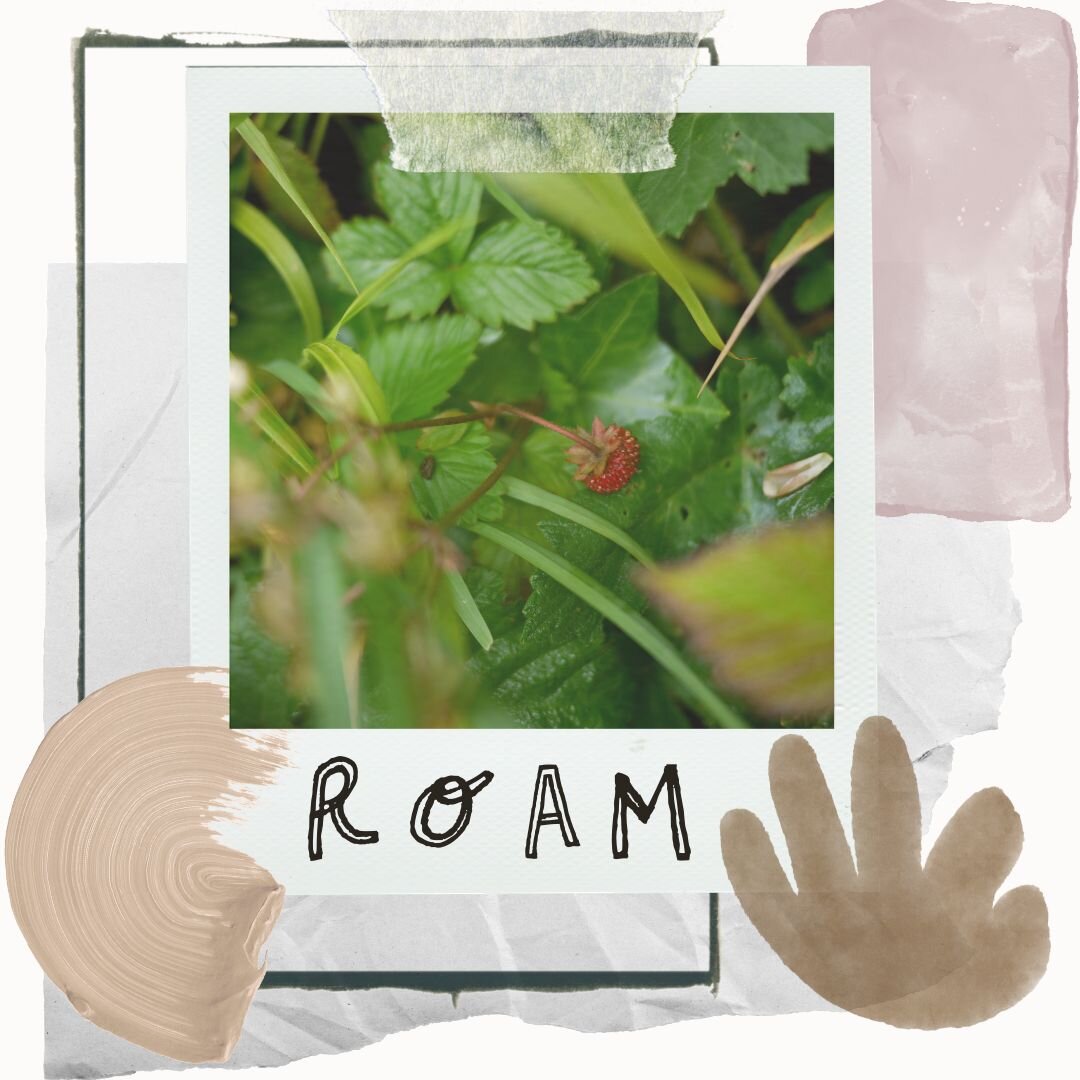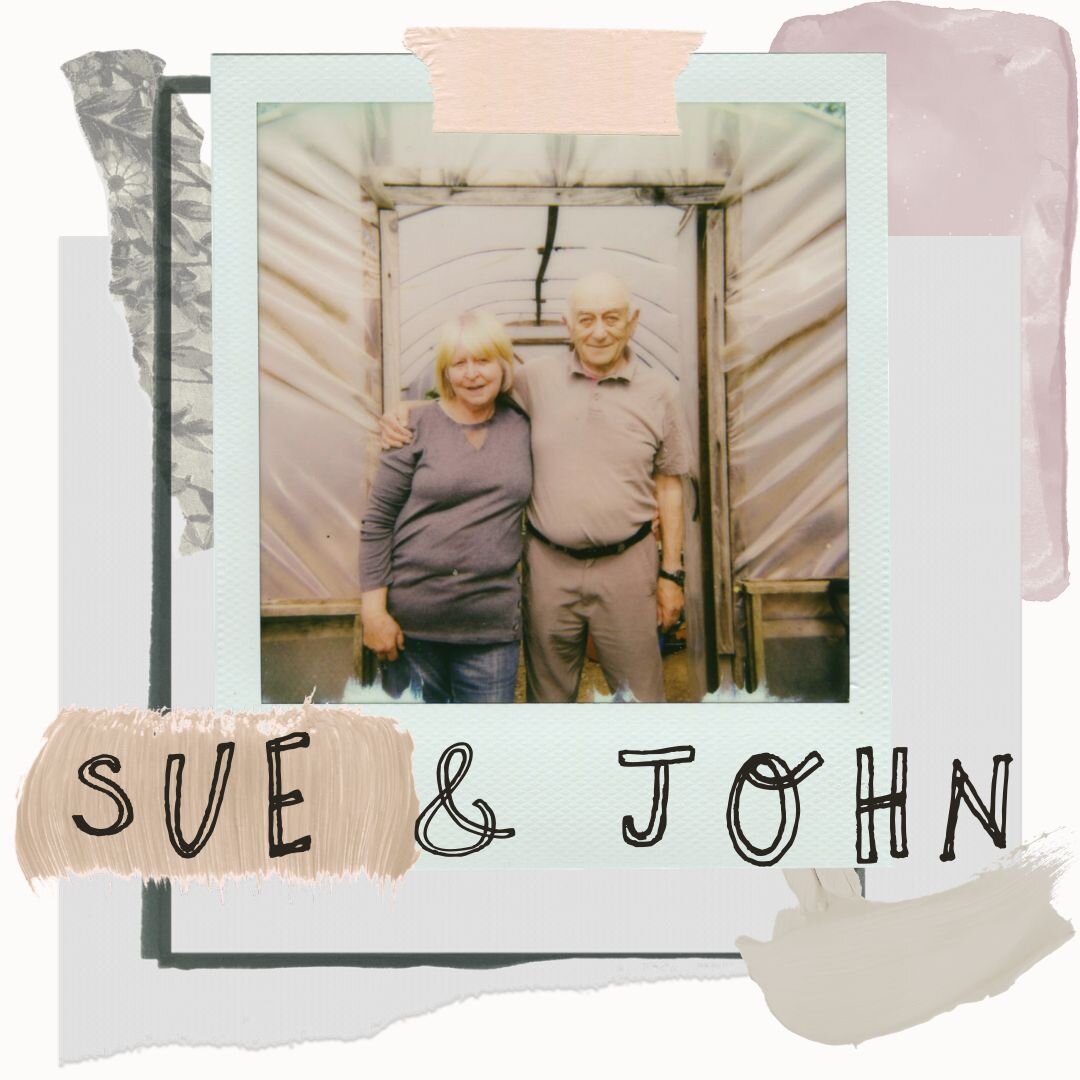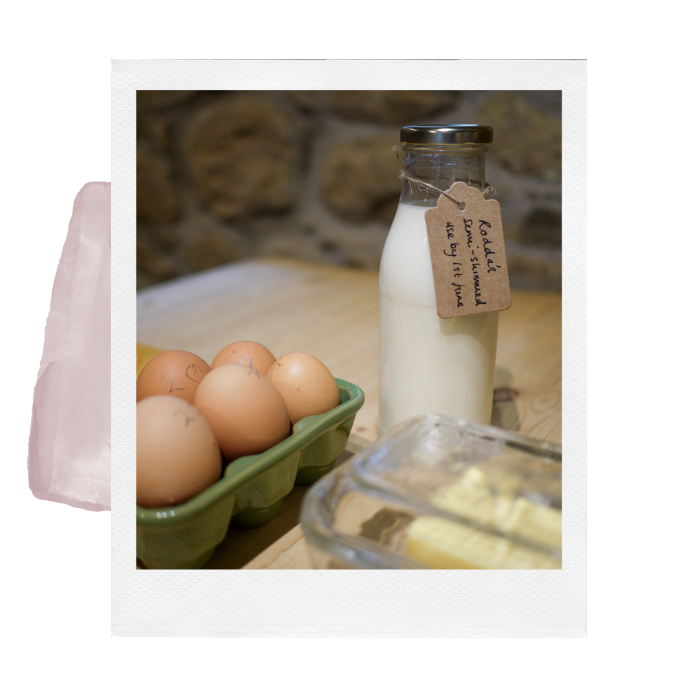
About
Location
Hidden in the cornish countryside
The Cob Barn is located on Roseweek Farm, near to the market town of St Austell, right here.
Roseweek comes from the Cornish words ‘ros’ and ‘wyk’, ros meaning heath and wyk, meaning homestead - so, quite literally, ‘homestead on the heath’!
Within walking distance of Porthpean beach, Roseweek Farm is on a bridle path that joins the nearby National Cycle Trail, so you can cycle to Pentewan Sands along the beautiful Pentewan Valley Trail avoiding roads.
For more details, click here.
Exploring
Hidden in the cornish countryside
Near to Pentewan, you’ll find The Lost Gardens of Heligan and beyond, the beautiful fishing village of Mevagissey.
The Eden Project is also accessible by bike - you can enjoy a 15% entry discount for arriving this way. We provide a pair of Giant Revel 3 mountain bikes with helmets, locks and lights for you to use during your stay.
Central and close to the A30 and A390, Mid Cornwall is the perfect location for exploring the whole county in full. Exploring locally and further afield is easy by foot, bike or by car.

History
Restoration
many hands
The Cob Barn restoration was completed in the summer of 2012 after many years of hard work. It has been a labour of love, with huge attention to detail.
In true community spirit, the barn was rebuilt by Sue, John and their friends, many of them skilled in traditional trades.

Cob
/kɒb/
noun
Cob is a mixture of clay subsoil and straw that is wetted and trampled, originally by cattle but nowadays by digger, to get the right consistency. It is laid on a base of stone, heeled in and each layer left to dry before being adzed smooth and coated in lime plaster to allow it to breathe.
Cob buildings
Built to last
Cob buildings can last for centuries if they have ‘a good hat and a good pair of boots’.
The thick cob walls keep you warm in the winter and cool in the summer.
See the slideshow below for a visual guide to the restoration process.

The Barn in the 1980s when used as a potato store and cattle pen.
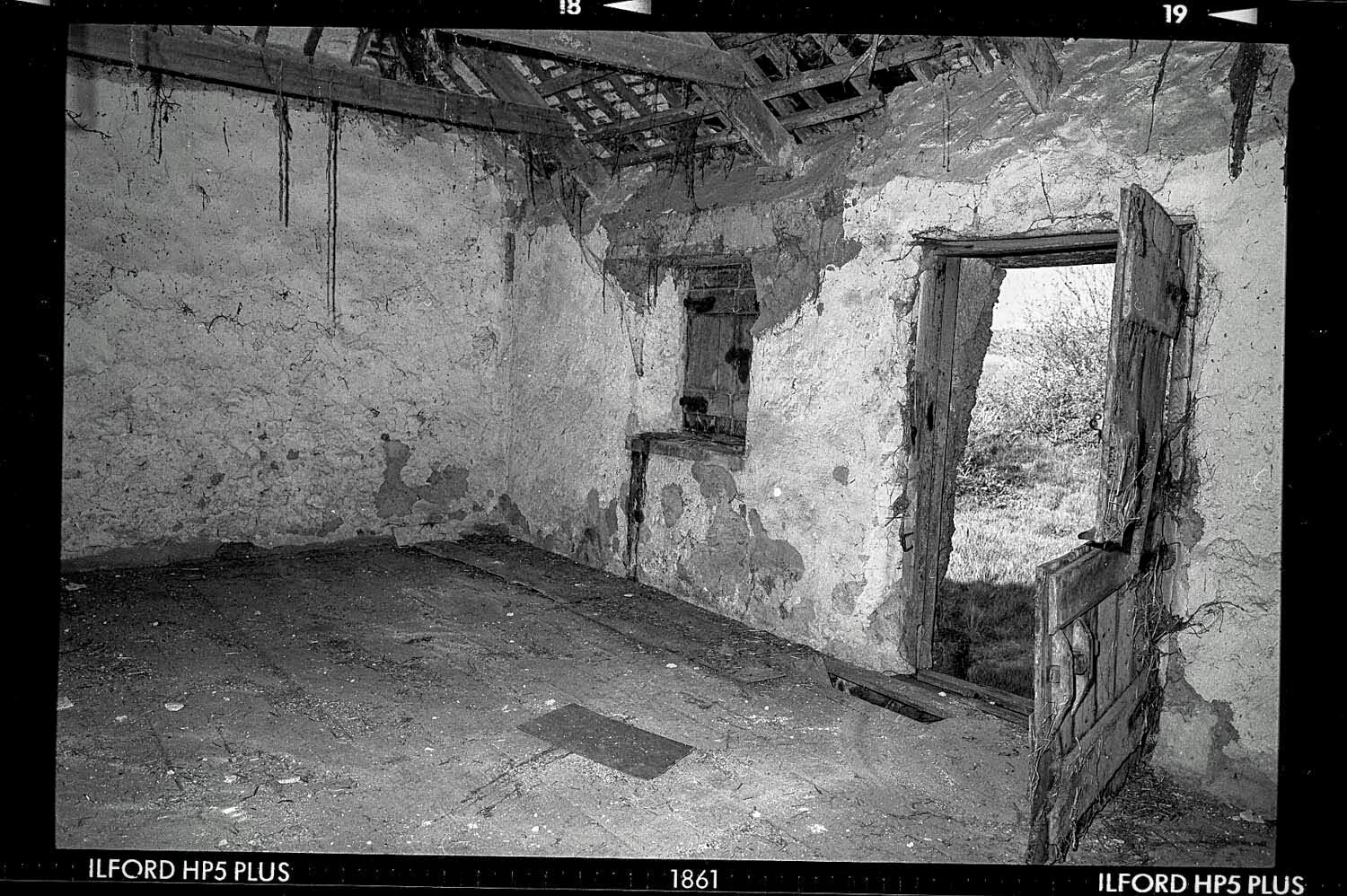
Originally the two doors upstairs facing the prevailing wind would have been for winnowing.
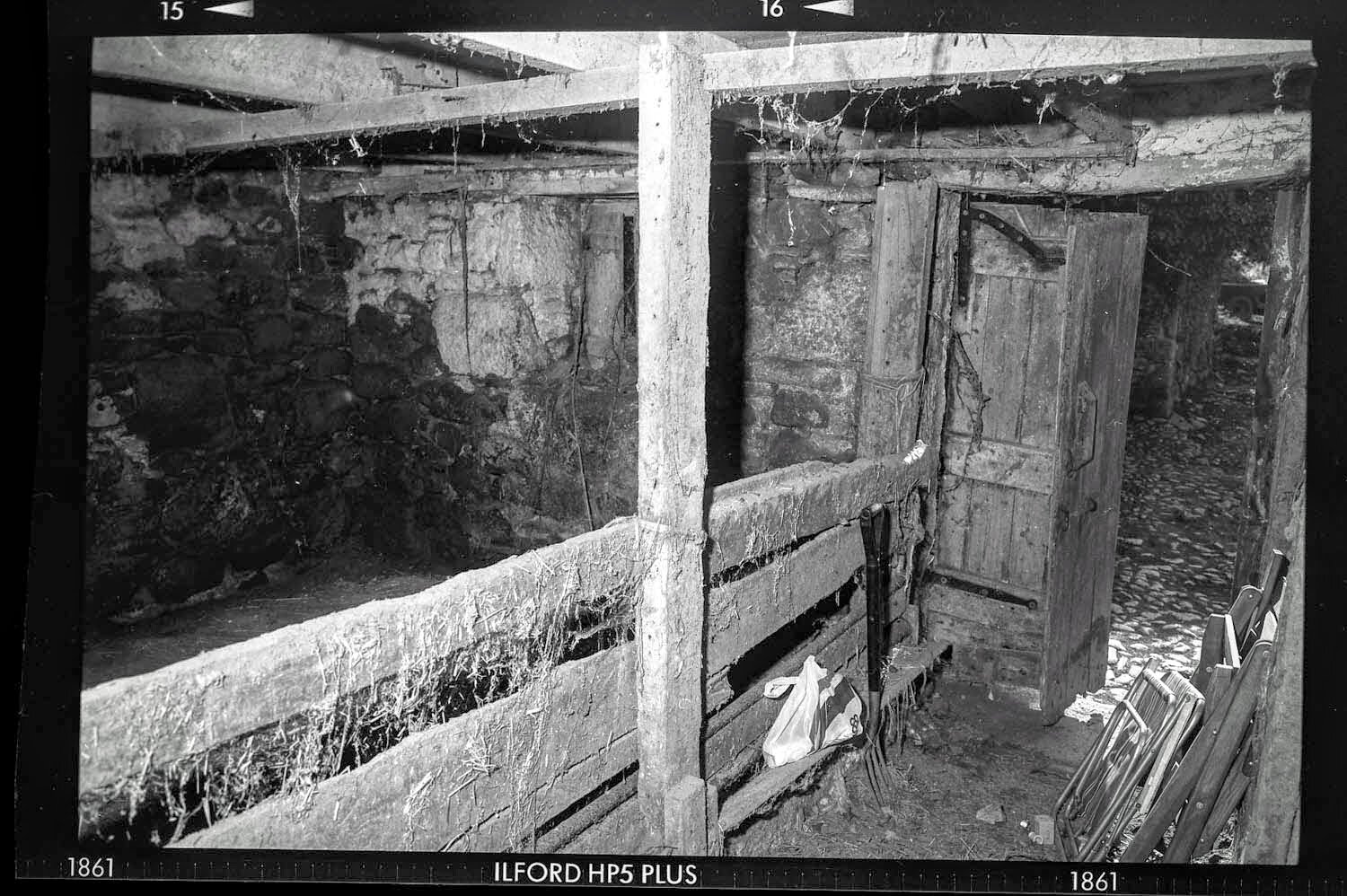
The downstairs was likely used as a stable however, Local man, Peter Grigg, who lived in the cottage in the '50s, recalls Susie, a huge sow, being kept here.
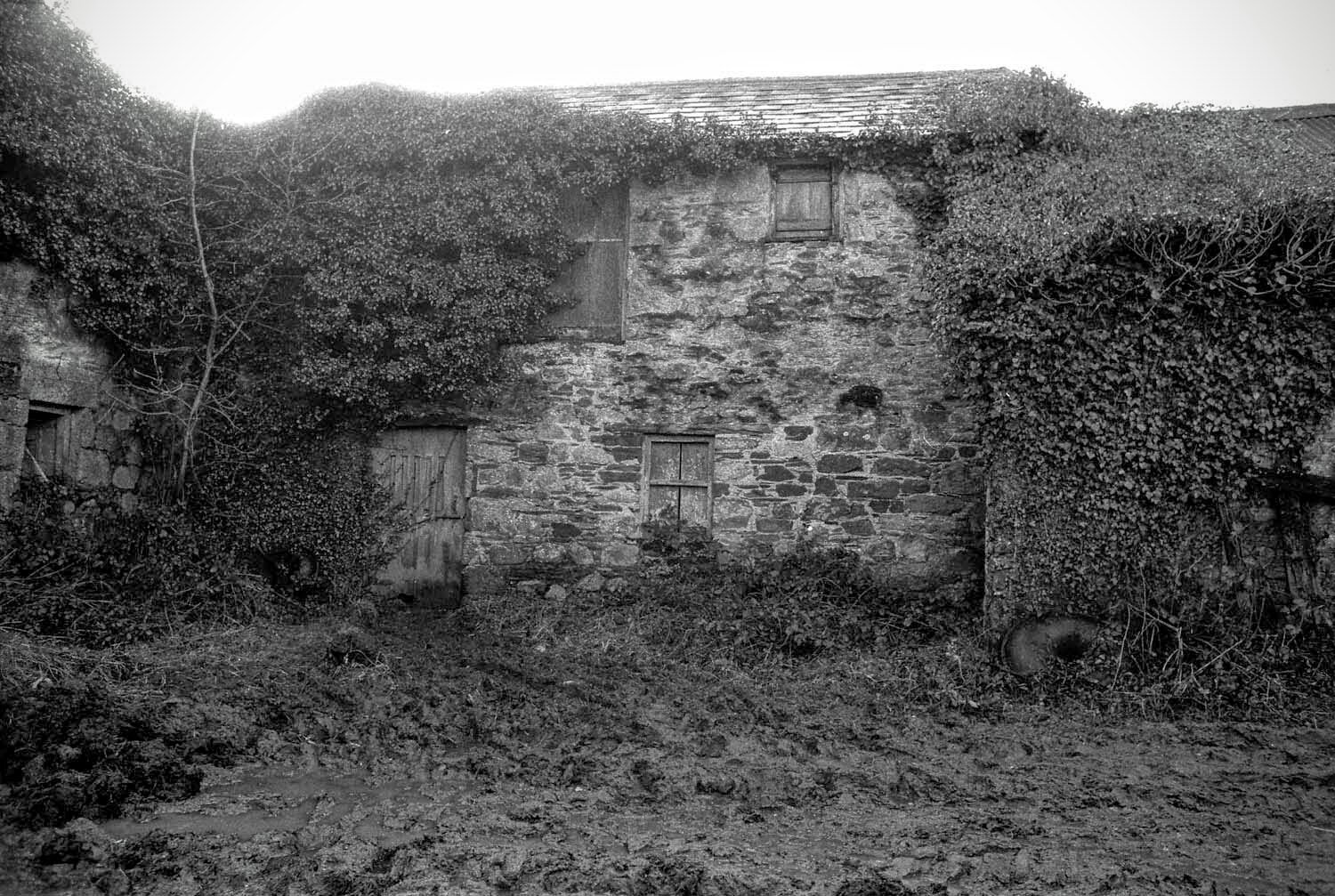
A grant from the Milk Marketing Board financed a concrete floor and milking stalls in the adjacent barn.

The demolished roof following a storm c1996.
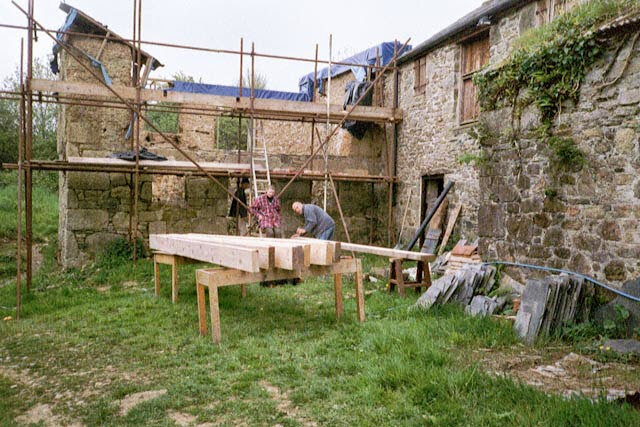
Restoration work c2004 with reclaimed joists.
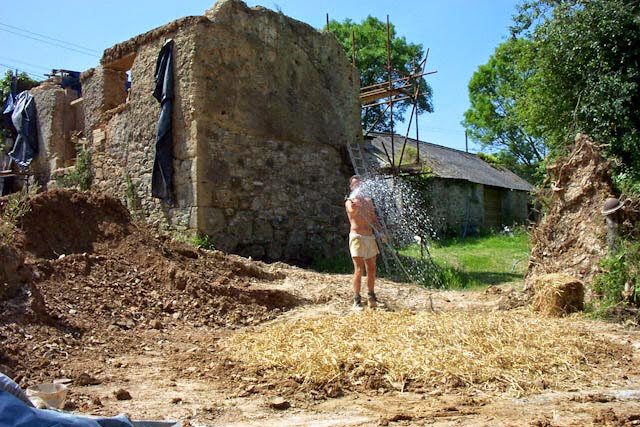
Clay excavated on-site is combined with straw, wetted and mixed to form cob - the ancient local building material.

Cob forked into place and stamped down.

The cob is faced with lime plaster.

Reclaimed timbers from Plymouth dockyard for the A-frames.
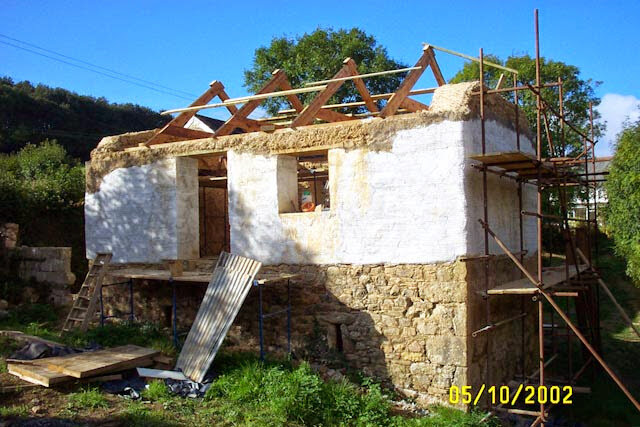



Excavating foundations for the bedroom.
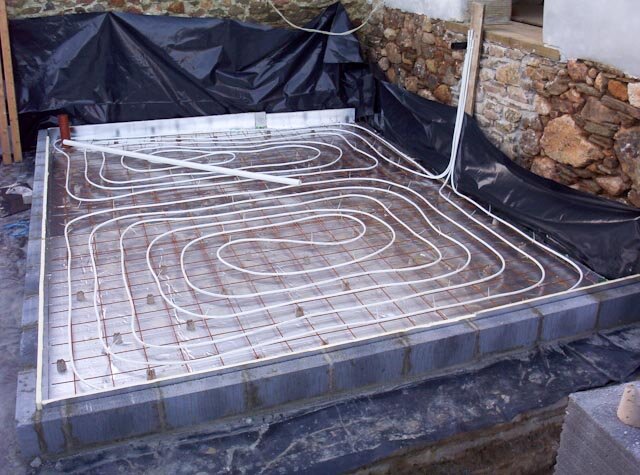
Underfloor heating pipes arranged over thick insulation.

Milo supervising the build.

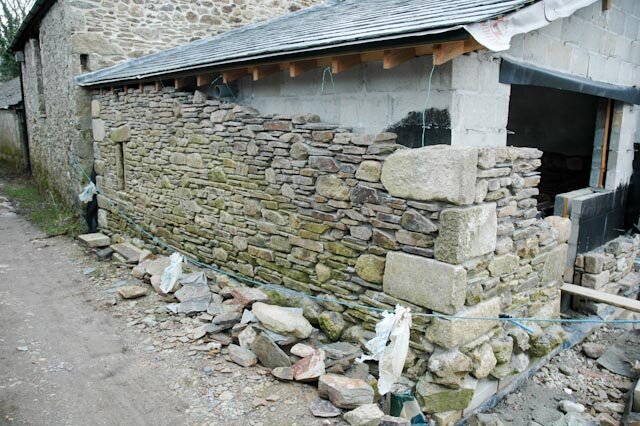
Local stone were used to match existing barns.

Underfloor heating for the kitchen.

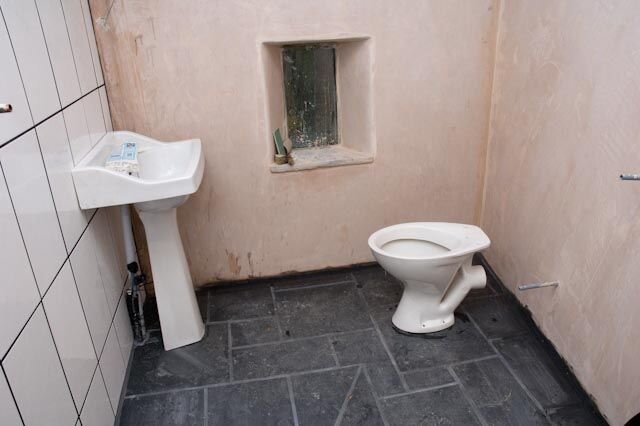
Delabole slate floors.

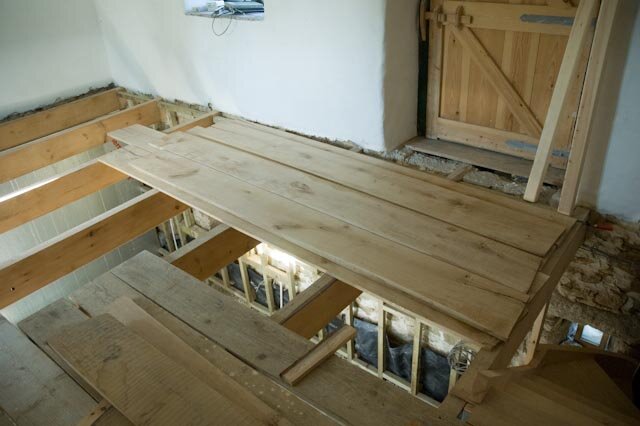
English oak for the upper floor.


Les builds a foundation for the cob wall.

“A cob wall will last forever, if it has a good hat and a good pair of boots”.

Adzing the cob.
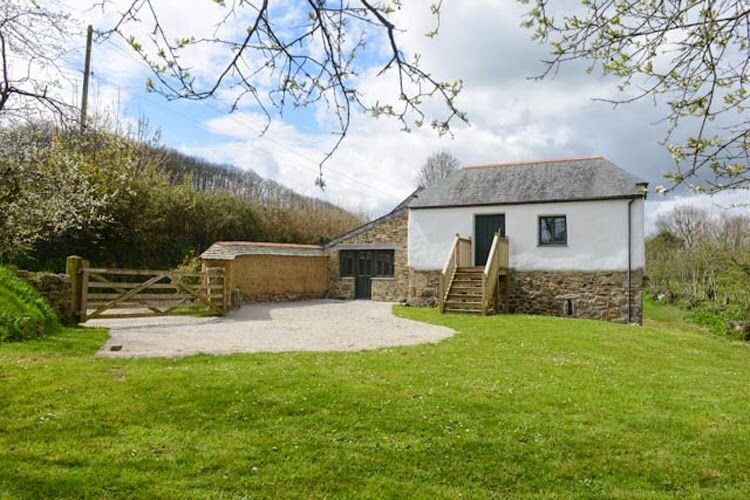
2012 and the Cob Barn is ready.

Us
Hello! I’m Kate.
Book lover & Table Tennis Champion
After some time back in Cornwall during the pandemic, I now live in London and take care of bookings from here. My parents, Sue and John, live on the farm at Roseweek Cottage with our two bull terriers, Arlo and Woody, and our small brood of chickens.
Our history
Three Generations
My grandparents moved to the farm in the '60s when it was owned by the Penrice Estate. When the buildings came up for sale in the '70s, Roseweek Cottage was bought by my parents and they have lived there ever since.
In 1995 an opportunity arose for them to purchase the barns and the small adjacent field. They spent the intervening years restoring the Cob Barn before opening it to guests in 2013.
My journey
Cornwall to London & back
I grew up on the farm, dancing to The Spice Girls in the garden and learning to drive in the field before eventually moving away to London, where I lived for 11 years, working in the creative industries.

The future
A Home in Cornwall
I moved back to Cornwall in November 2020 during the Covid pandemic and seized the opportunity to take on the barn and reopen to guests in May 2021.
In August 2022, I swapped Cornwall for London again where I manage the Cob Barn bookings remotely.
Have a read of what our guests have said, Reviews.
Details
The barn
Handmade double bed with a memory-foam mattress. 2 additional single day beds in living room
Wet room shower with underheated local Delabole slate floors
Projector and surround sound with access to streaming services
Large farmhouse kitchen; electric range cooker with 5 burner gas hob
Kitchen garden where guests are welcome to forage for fresh herbs, salad leaves and seasonal veg
Clothes washing facilities
We provide
Fresh eggs from our brood of chickens
Milk, bread and butter
Origin Coffee Roasters ground coffee
Teabags, instant coffee and sugar
Salt, pepper and oils
Parking & pets
There is private parking.
The Cob Barn is located along a bridle path that is unmade and not a public road so is not suitable for low slung cars. We recommend driving slowly as the road is very uneven and bumpy in places.
Sadly we do not allow dogs at the property.
If you have any more Qs, please get in touch!

